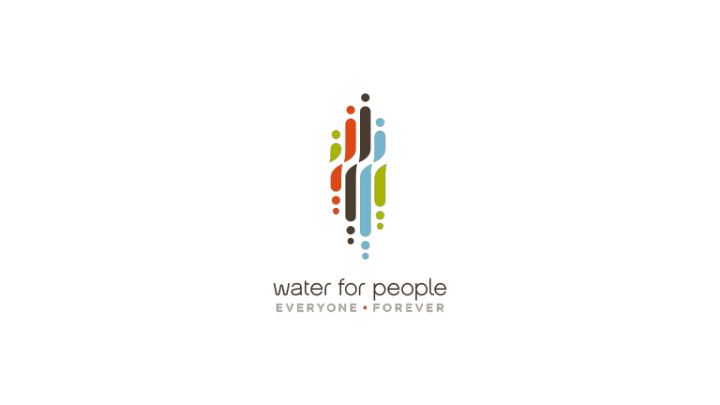



DISTRICT INVESTMENT PLANNING FOR WASH IN UGANDA 21.5.2019
India Guatemala Honduras Nicaragua Uganda Rwanda Malawi Peru Bolivia Latin America Africa India
PRESENTATION OUTLINE 01 03 OVERVIEW OF THE DISTRICT PROCESS OF DEVELOPING 114 DIPS INVESTMENT PLANNING TOOL IN UGANDA 02 04 WHAT DOES THE DIP TELL US? UTILIZATION OF THE INVESTMENT PLANS
OVERVIEW OF THE DISTRICT INVESTMENT PLANNING (DIP) TOOL
Overview of the District Investment Planning (DIP) Tool • The DIP is an Excel-based planning tool used to determine the investment requirements for universal access to safe water & sanitation in every school, health centre & household in any administrative unit (e.g., district). • Water For People in partnership with the Ministry of Water and Environment conducted a Training-of-Trainers for 9 Regional Technical Support Units in January 2016. A total of 35 professionals were trained. • To-date, 114 DIPs have been developed country wide. 6
Objectives of the DIP • To determine investments required to achieve water and sanitation for all • To ascertain the funding the government can leverage to achieve universal access to WASH • To identify key players (NGOs, private sector, CBOs) in the district that can contribute to WASH service provision • To determine how long it would take to reach everyone with the present rate of funding 7
WHAT DOES THE DIP TELL US?
1. Villages: Served Villages, Partially Served Villages & Unserved Villages 2. Population: Served Population & Unserved Population 3. Access: Percentage of population with or without access to safe water and sanitation 4. Functionality: Level of functionality of the sources 5. Funding: Total Funding Required to reach the unserved and partially served villages / population 6. Sources of Funding: The different partners in a district and the funding each contributes 7. Implementation Plan: How funding can be leveraged to reach everyone within a given time
PROCESS OF DEVELOPING 114 DIPS IN UGANDA
• Organized engagement meetings with the Ministry of Water and Environment to share benefits of having DIPs for every district. • Critical arm identified within the Ministry to spear head the process - Technical Support Units. • The Ministry funded the process of developing 90% of Investment Plans across the country.
Service Delivery Model Considerations Unit cost per person, per district is derived from a Technology Mix, built up technology by technology.
% % Total No. of Unserved Villages Total Unserved Population Funding Gap Funding Gap TSU Villages Villages Unserved Population Population Unserved Required (UGX) Required (USD) TSU 1 3,627 935 26% 1,980,065 947,598 48% 1,715,313,491,643 436,441,490 TSU 2 7,131 1,819 26% 3,170,687 1,423,598 45% 310,509,728,939 89,506,093 TSU 3 1,779 69 4% 1,561,894 616,614 39% 169,086,240,227 48,619,629 TSU 4 13,886 4,756 34% 6,956,088 3,495,630 50% 739,568,378,165 208,603,289 TSU 5 4,678 786 17% 4,917,173 2,667,429 54% 579,726,283,333 165,242,080 TSU 6 6,815 1,786 26% 4,448,070 2,468,634 55% 518,149,225,593 154,164,587 TSU 7 2,505 371 15% 1,640,202 1,003,007 61% 653,894,431,880 193,413,633 TSU 8 8,551 2,044 24% 3,995,041 2,193,154 55% 1,391,493,906,697 394,914,776 TSU 9 - - 1,139,148 667,078 59% 175,127,610,362 51,482,487 TOTAL 48,972 12,566 26% 29,808,367 15,482,744 52% 6,252,869,296,839 1,742,388,064
UTILIZATION OF THE INVESTMENT PLANS
DIP Use & Financing • Contributed to the development of the Sector Investment Plan (SIP) • Resource mobilization for unserved villages • Informed allocation of resources across districts and within the district • DIP financing and implementation through grants from the center to the local governments, DWSCG, SFG • Financing through NGOs/FBOs 15
Recommend
More recommend